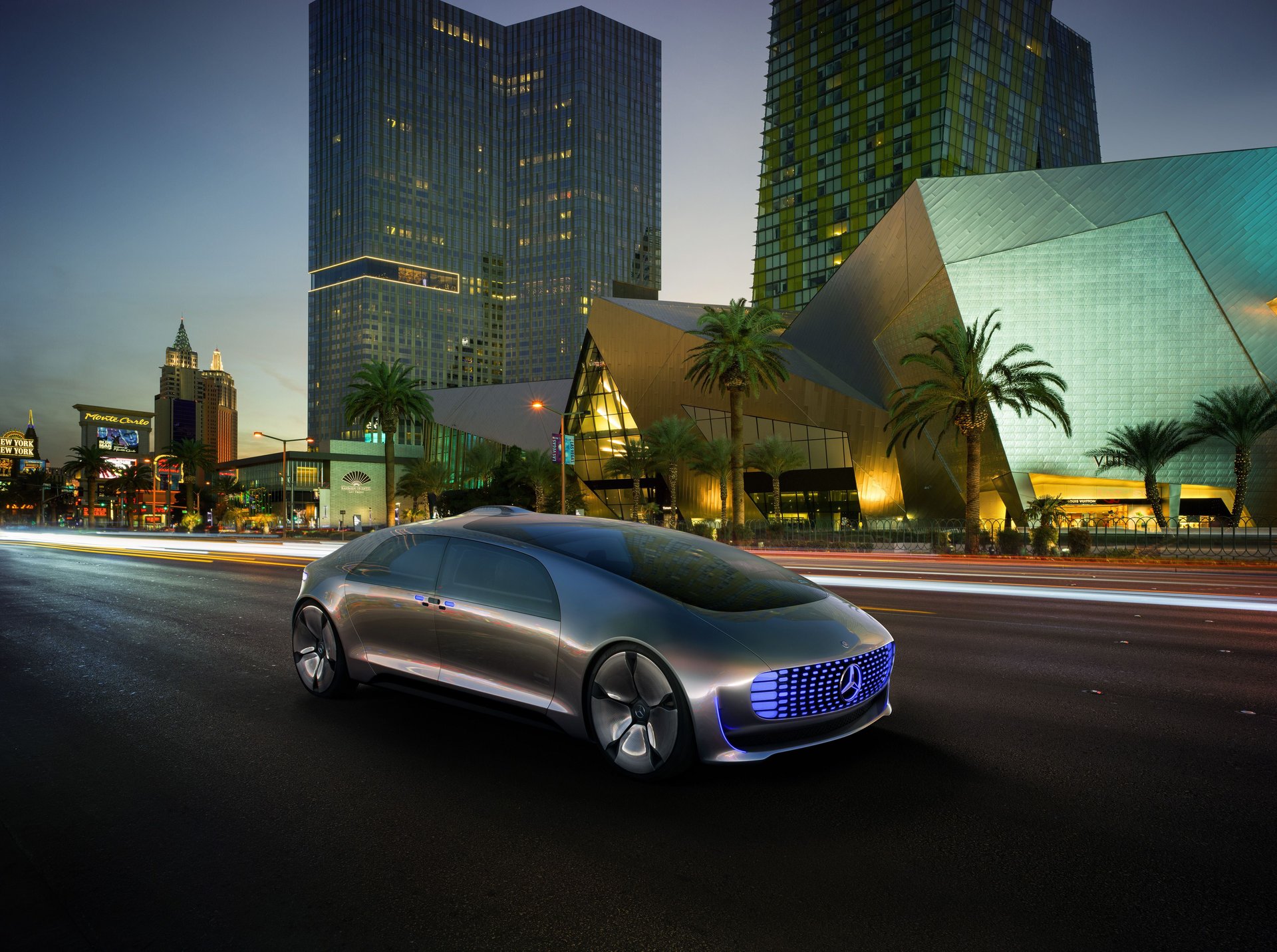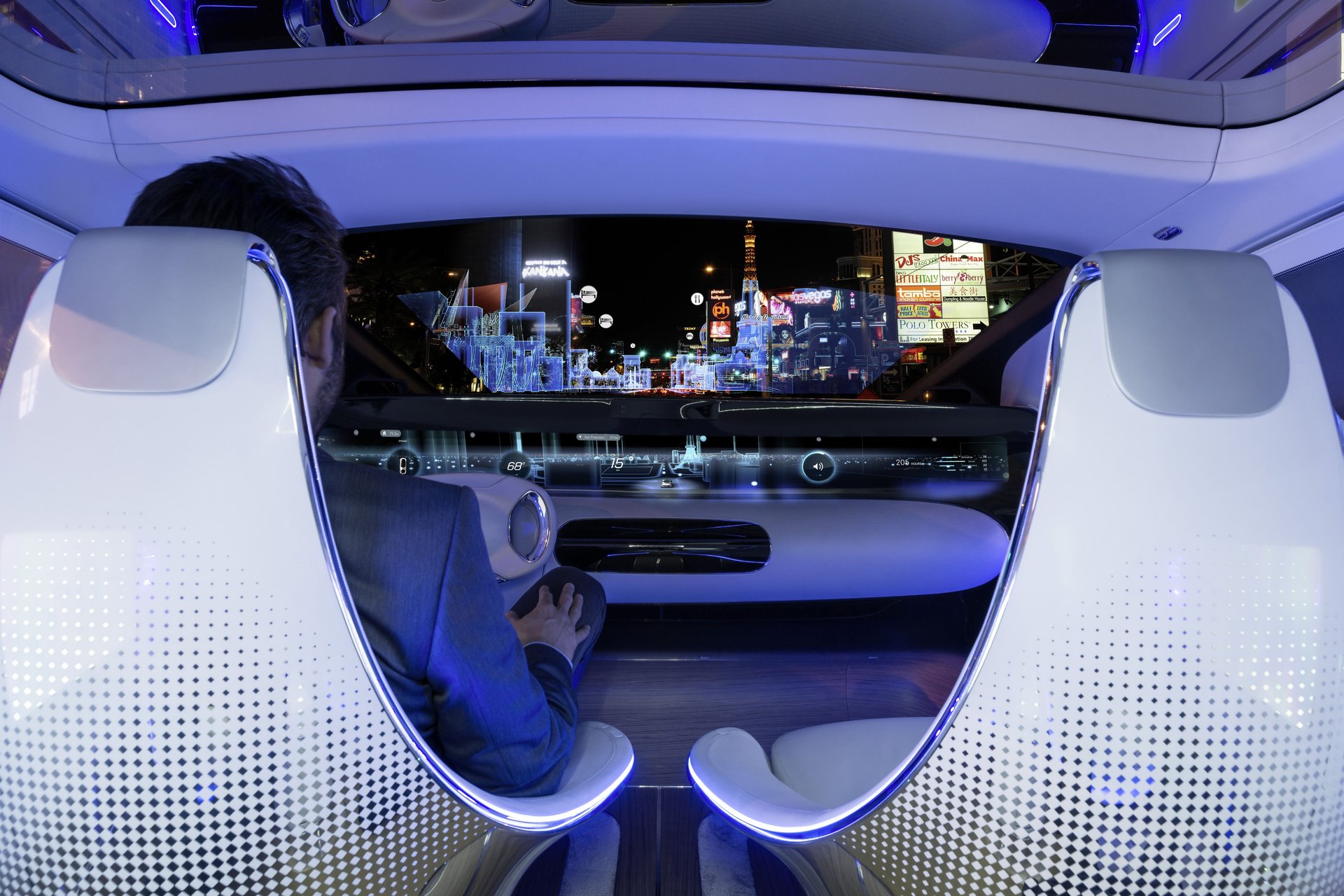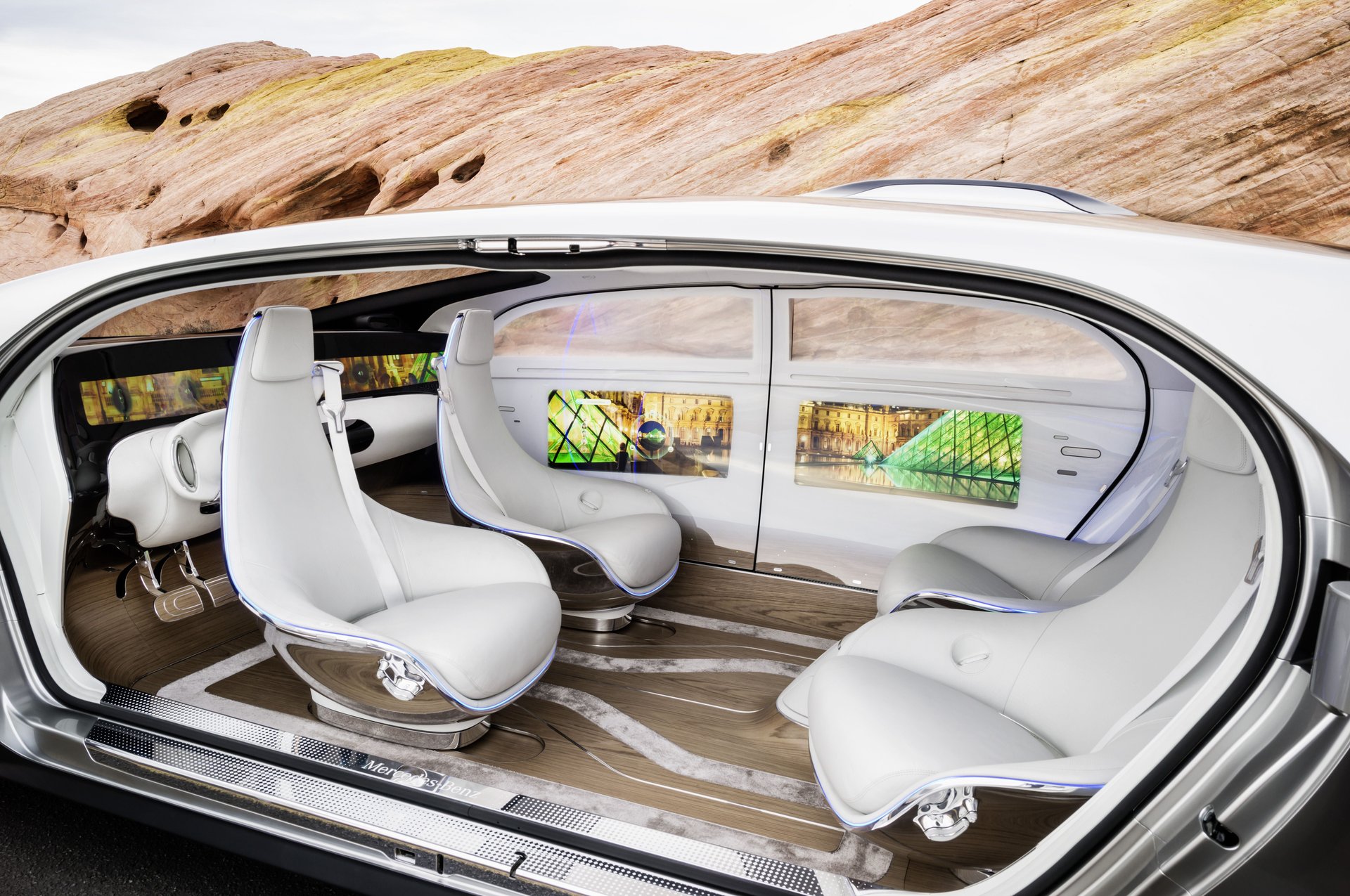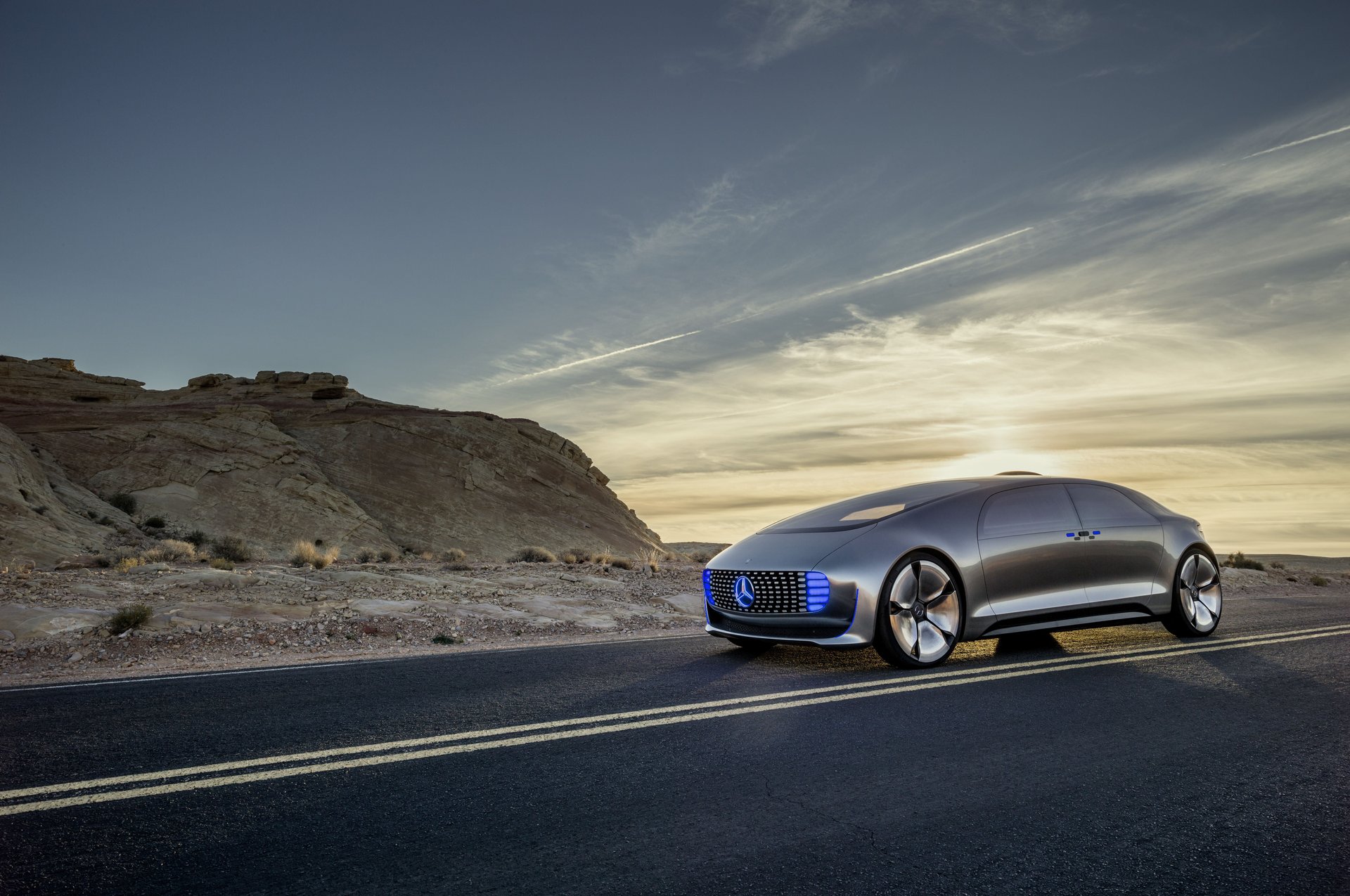Mercedes has designed a self-driving car and it’s as luxurious as you’d think
Google and Tesla have been getting a lot of the attention surrounding the development of self-driving cars. Now Mercedes-Benz is joining the ranks of those experimenting with what’s expected to be the next big thing in the automotive industry.
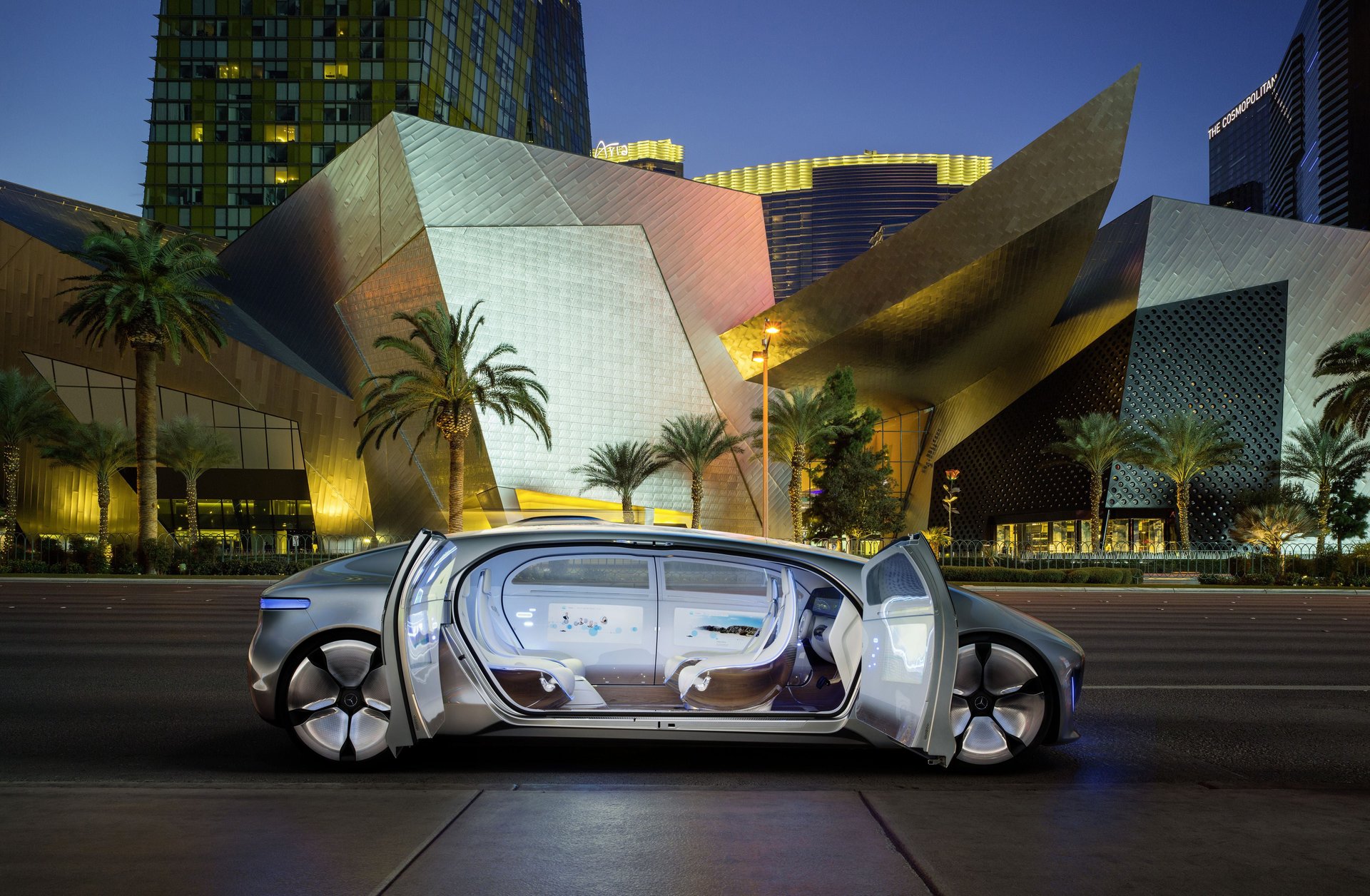

Google and Tesla have been getting a lot of the attention surrounding the development of self-driving cars. Now Mercedes-Benz is joining the ranks of those experimenting with what’s expected to be the next big thing in the automotive industry.
For the Mercedes F015 concept car, unveiled this week at the Consumer Electronics Show in Las Vegas, designers envisioned a “retreating space” where passengers could luxuriate in their time not spent driving. The roomy interior incorporates organic materials, leather cushions, and swiveling lounge seats—including the two front seats—so that the people riding up front could have face-to-face interactions with backseat passengers.
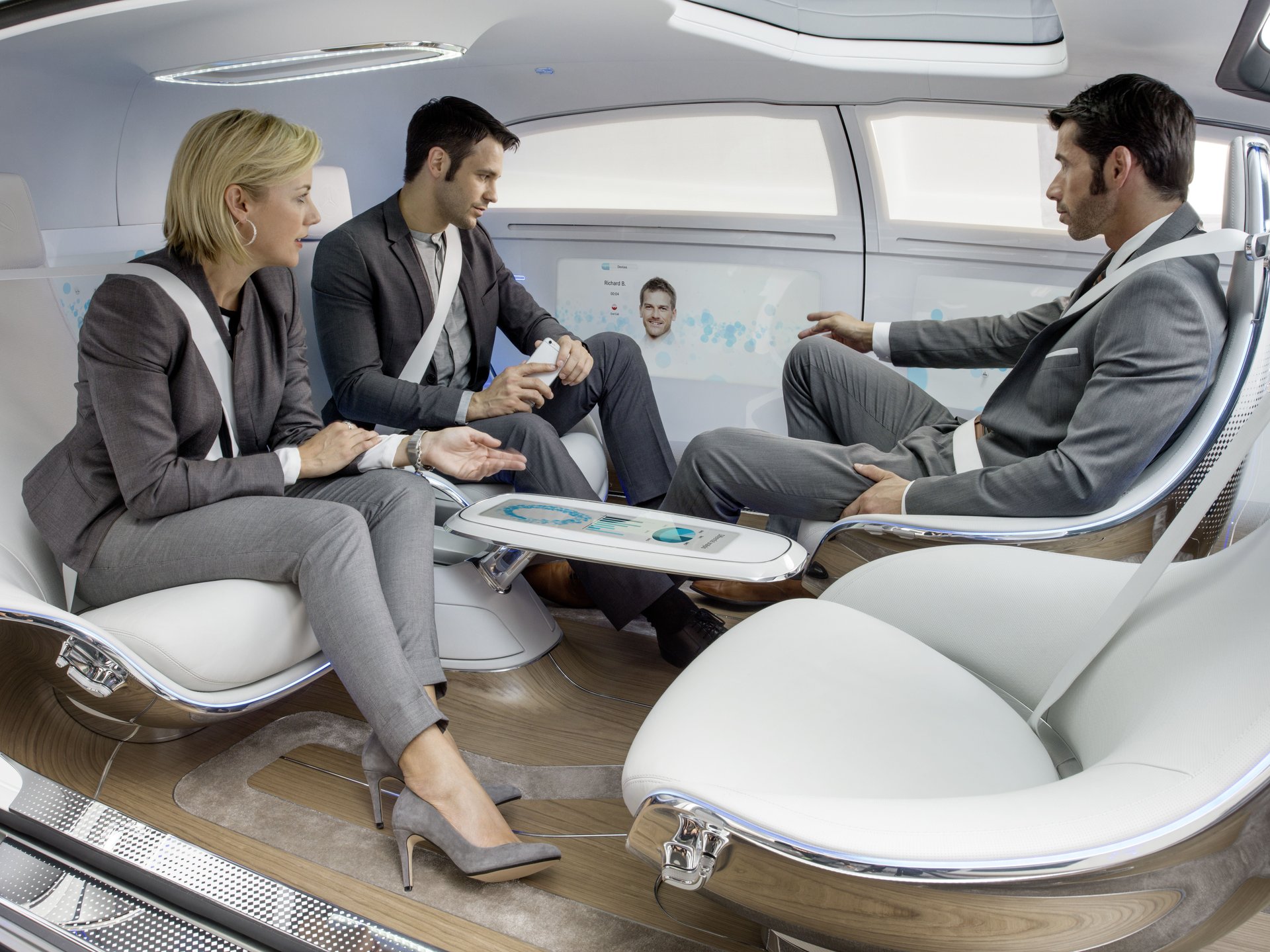
LED light modules at both the front and rear would signal whether the F015 is driving autonomously or manually. According to Mercedes, the vehicle would be able to detect road hazards, brake automatically, and park itself.
But transportation rules would need to catch up to allow these cars on public roads. Those swivel chairs potentially run afoul of California rules (pdf), for example, requiring automatic cars to have manual driving capabilities and a driver who can take over the car at any given moment.
That’s not to say that facing backward in the front seat will never work, but current safety regulations “are constructed around the assumption that all occupants face forward,” Geoff Wardle, executive director of graduate transportation design at California’s Art Center College of Design, tells Quartz via email.
“This in turn translates into the specific performance requirements [of], provision of and subsequent design of safety equipment such as seat belts, airbags and impact zones.”
In any case, presumably a lot more work needs to be done on the F015 before consumers can get their hands on one. A Mercedes spokesperson says he couldn’t comment on the company’s specific timetable for bringing the model to market, but in the meantime these photos offer an idea of what might be in store.
